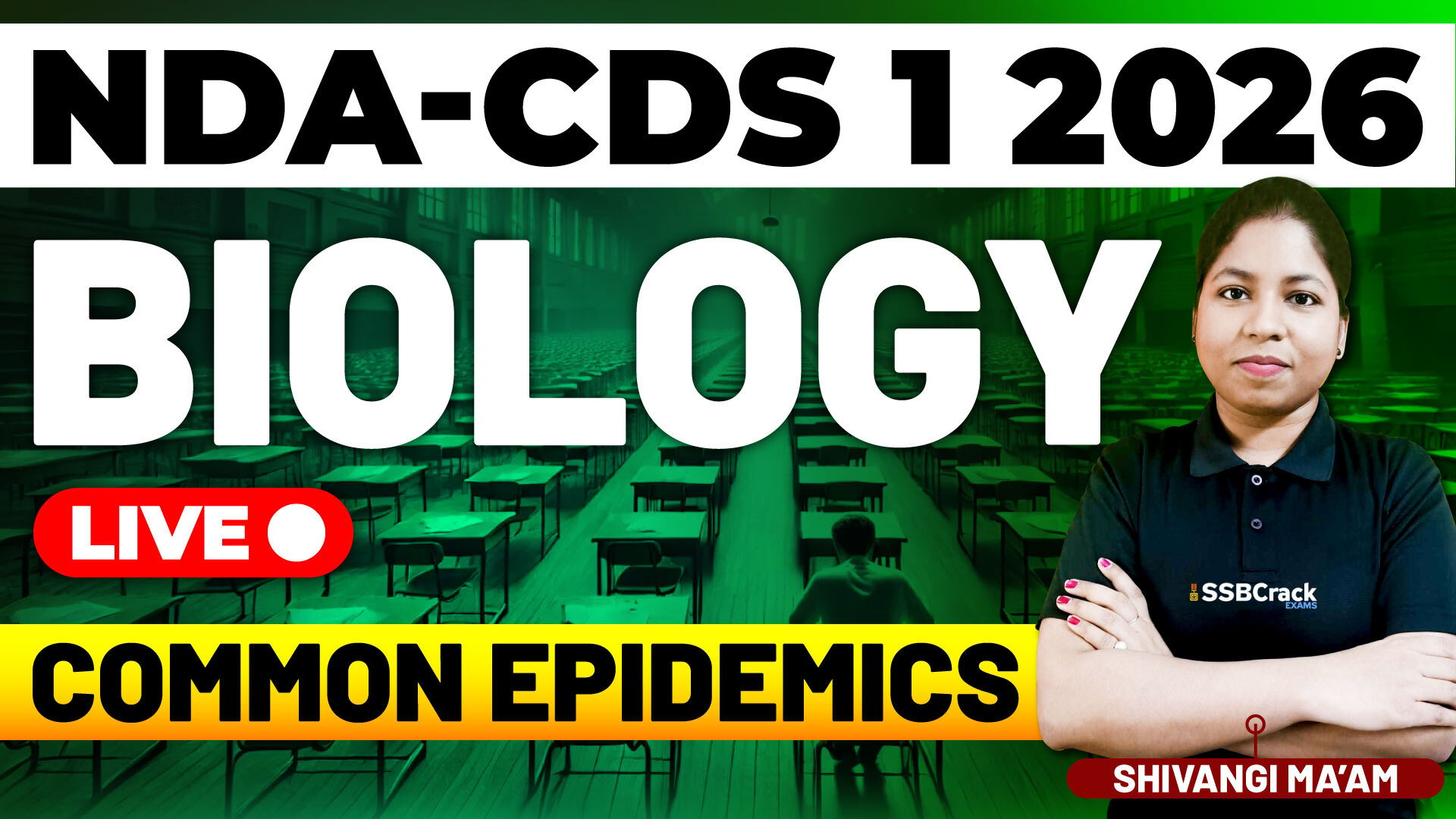The National Defence Academy (NDA) and Combined Defence Services (CDS) Examinations are conducted by the Union Public Service Commission (UPSC) twice a year.
These exams are the gateway for young aspirants to join the Indian Army, Navy, and Air Force as commissioned officers.
In the General Science section, Biology plays a crucial role — covering topics like Human Health, Diseases, Nutrition, and Epidemics, which test both conceptual understanding and practical awareness.
Topic: Common Epidemics
Introduction
Epidemics are widespread occurrences of infectious diseases that affect a large number of people within a community, region, or population over a short period.
Understanding epidemics is essential not only for public health but also for future officers in the defence forces, who may be involved in disaster response and medical aid during such outbreaks.
Subtopics
1. Definition and Classification
- Epidemic: Sudden increase in the number of cases of a disease above what is normally expected.
- Pandemic: Epidemic that spreads over multiple countries or continents (e.g., COVID-19).
- Endemic: Disease constantly present in a region (e.g., Malaria in tropical areas).
- Sporadic: Cases occur irregularly and infrequently.
2. Causes and Transmission
- Pathogens: Bacteria, viruses, fungi, protozoa.
- Transmission Modes:
- Air-borne (e.g., Influenza, COVID-19)
- Water-borne (e.g., Cholera, Typhoid)
- Vector-borne (e.g., Malaria, Dengue)
- Contact transmission (e.g., Chickenpox, Ebola)
3. Common Epidemics in India
- Cholera: Caused by Vibrio cholerae; spread through contaminated water.
- Malaria: Spread by Anopheles mosquito carrying Plasmodium.
- Dengue: Transmitted by Aedes aegypti mosquito.
- COVID-19: Caused by SARS-CoV-2 virus; respiratory infection.
- Swine Flu (H1N1): Air-borne viral infection.
4. Prevention and Control Measures
- Public Health Education: Awareness about hygiene and vaccination.
- Vaccination Programs: Immunization against diseases like polio, measles, etc.
- Sanitation: Clean water, waste disposal, and personal hygiene.
- Surveillance & Quarantine: Monitoring and isolating infected individuals.
- Vector Control: Using insecticides, mosquito nets, and eliminating breeding sites.
5. Role of Defence Forces in Epidemic Control
- Providing medical aid and logistical support in epidemic-affected areas.
- Establishing field hospitals, vaccination drives, and public health awareness campaigns.
- Coordination with civil administration and health departments.
Conclusion
Epidemics pose serious health challenges, but with scientific knowledge, awareness, and preparedness, they can be effectively controlled.
For NDA/CDS aspirants, understanding such biological and social health issues is vital, as defence personnel often serve on the front lines during health emergencies — protecting not only borders but also lives.


















